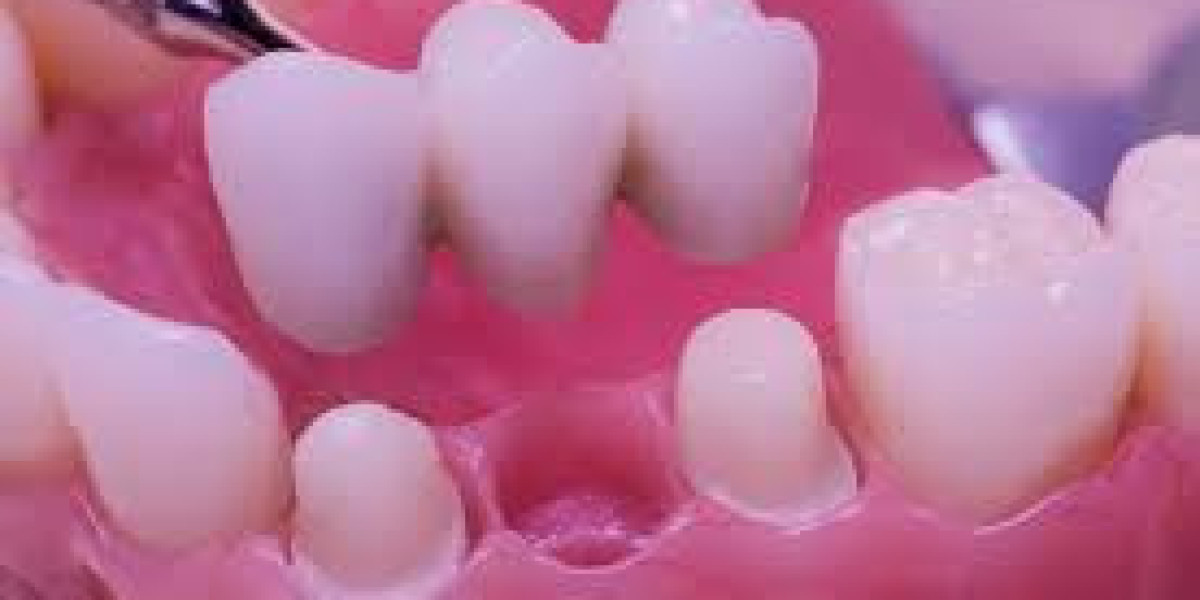Today, we are diving into the fascinating world of Dental Fillings. Dental fillings are special materials for filling cavities and repairing decaying teeth. If you've ever had a cavity, you already know a little about fillings. But did you know that there are different types of fillings, each with its unique features? In this guide, we'll explore the factors you should consider when choosing dental fillings. So, get ready for a fun and informative journey through the world of dental health.
What Are Dental Fillings?
Before we jump into the different types of fillings and how to choose them, let's start with the basics. A dental filling is a material that your dentist uses to fill a hole (cavity) in your tooth caused by decay. The filling restores the tooth's shape and function, making it easier to chew and preventing further decay.
Why Do We Need Dental Fillings?
Our teeth are strong, but if we don't take care of them properly, then we can damage them. Here are some reasons why we might need dental fillings:
- Cavities: Cavities are holes in our teeth, and acid-producing bacteria cause it. These acids eat away at the tooth's enamel, creating a cavity.
- Cracked or Broken Teeth: Sometimes, our teeth can get cracks or broken due to accidents or biting on something hard.
- Worn Teeth: Our teeth can wear down over time due to grinding or clenching.
When any of these things happen, a dental filling can help repair the damage and make our teeth healthy again.
Different Types of Dental Fillings
There are several types of Dental Fillings, each made from different materials. Let's explore the most common ones:
- Amalgam Fillings: They make these from a mixture of metals, including silver, mercury, tin, and copper. Amalgam fillings are strong and durable, making them ideal for filling cavities in the back teeth where the chewing pressure is highest. However, they are silver in colour and may not blend in well with the natural colour of your teeth.
- Composite Fillings: They make composite fillings from a mixture of plastic and fine glass particles. You can match them to the colour of your teeth, making them a good choice for fillings in visible areas. Composite fillings are less durable than amalgam fillings, but they provide a natural look.
- Ceramic Fillings: These fillings come from porcelain, a type of ceramic material. Ceramic fillings have the colour of your tooth and are highly resistant to staining. They are durable and can last a long time, but they can be more expensive than other types of fillings.
- Gold Fillings: Gold fillings are made from a gold alloy. They are very durable and can last for many years. However, due to their gold colour, they are more noticeable and can be more expensive than other types of fillings.
- Glass Ionomer Fillings: These fillings are made from a mixture of acrylic and a specific type of glass called fluoro aluminosilicate. Glass ionomer fillings release fluoride, which can help protect the tooth from further decay. They are less durable than composite or amalgam fillings and are usually used for fillings in areas with less chewing pressure.
Factors to Consider When Choosing Dental Fillings
Choosing the right type of filling for your cavity is an important decision. Here are some factors to consider:
Location of the Cavity:
The location of the cavity in your mouth can affect the type of Dental Fillings that are best for you. For example, if the cavity is in a visible area, you might prefer a tooth-coloured filling like composite or ceramic. If the cavity is in a back tooth where there is a lot of chewing pressure, a durable filling like amalgam or gold might be better.
Size of the Cavity:
The size of the cavity can also influence your choice of filling. Larger cavities may require more durable fillings, while smaller cavities can be with less durable but more aesthetically pleasing materials.
Durability:
Different filling materials have different levels of durability. If you need a filling in a tooth that experiences a lot of wear and tear, such as a molar, you might choose a more durable material like amalgam or gold.
Aesthetics:
If you are concerned about how your filling will look, choose a tooth-coloured material like composite or ceramic. These fillings blend in with the natural colour of your teeth and are less noticeable.
Cost:
The cost of different types of fillings can vary. Amalgam fillings are usually less expensive than composite or ceramic fillings, and gold fillings are often the most expensive. It's important to consider your budget when choosing a filling material.
Allergies:
Some people may be allergic to certain materials used in dental fillings. For example, a small percentage of people are allergic to mercury, which is in amalgam fillings. If you have any known allergies, be sure to discuss them with your dentist about the best filling for your teeth.
Time Required for the Procedure:
Some fillings, like composite fillings, can be put together in one visit. Others, like gold or ceramic fillings, may require multiple visits to complete. If you prefer a quicker procedure, choose a filling that can be done in a single visit.
The Process of Getting a Dental Filling
Now that you know about the different types of fillings and the factors to consider, let's walk through the process of getting a dental filling. Here's what you can expect when you go to the dentist to get rid of a cavity :
- Numbing the Area: The first step is to numb the area around the cavity. Your dentist will use a local anesthetic to ensure that you don't feel any pain during the procedure.
- Removing the Decay: Once the area is numb, your dentist will use special tools to remove the decayed part of the tooth. This ensures that all the bacteria and other tissues are gone before the filling is placed.
- Cleaning the Cavity: After the decay is removed, the cavity is cleaned to make sure it's free of any debris or bacteria. This step is crucial to prevent further decay.
- Placing the Filling: Next, your dentist will place the filling material into the cavity. The material is shaped to fit the tooth and restore its natural shape and function.
- Curing the Filling: For some types of fillings, like composite fillings, a special light is used to harden and set the material. This process is called curing.
- Finishing Touches: Once the filling is in place, your dentist will check your bite to make sure the filling feels comfortable. They will make any necessary adjustments to ensure a perfect fit.
- Polishing the Filling: Finally, the dentist polishes the filling to smooth out any rough edges and make it feel like a natural part of the tooth.
Taking Care of Your Fillings
After getting a filling, it's important to take good care of your teeth to ensure the filling lasts as long as possible. Here are some tips for maintaining your dental fillings with dental fillings procedure:
- Brush Twice a Day: Brush your teeth at least twice a day with fluoride toothpaste. This helps remove plaque and prevents cavities from forming around your fillings.
- Floss Daily: Flossing helps remove food particles and plaque from between your teeth, keeping your gums healthy and preventing cavities from forming between your teeth.
- Visit Your Dentist Regularly: Regular dental check-ups are important to monitor the health of your teeth and fillings. Your dentist can check for any signs of wear or damage and make any necessary repairs.
- Avoid Hard Foods: Chewing on hard foods, like ice or hard candies, can damage your fillings. Avoid these foods to protect your fillings from cracking or breaking.
- Wear a Mouthguard: If you play sports or grind your teeth at night, wearing a mouthguard can help protect your fillings and prevent damage to your teeth.
Fun Facts About Dental Fillings
Now that you know all about dental fillings, here are some fun facts to impress your friends and family:
- Ancient Fillings: The earliest known dental fillings date back to around 6,500 years ago! Archaeologists found evidence of beeswax fillings in ancient human teeth.
- Gold Standard: people use gold for dental fillings for more than 1,000 years. Despite its high cost, it's still one of the best materials for durability.
- High-Tech Fillings: Modern technology has led to the development of new filling materials that are stronger and more natural-looking than ever before. Some fillings even release fluoride to help prevent further decay.
- Laser Dentistry: In some cases, they can use the lasers to remove decay and prepare the tooth for a filling. This technique can be less painful and more precise than traditional methods.
- Tooth Tattoos: Some people get tiny designs or "tattoos" on their dental fillings! These decorative fillings have composite materials and can feature fun designs like stars or hearts.
Conclusion
Choosing the right dental filling in Ontario is an important decision that can affect your dental health and overall well-being. By understanding the different types of fillings and the factors to consider, you can make an informed choice that suits your needs. Remember to take good care of your teeth and visit your dentist regularly to keep your smile healthy and bright. We hope you enjoyed this journey into the world of dental fillings. Remember, taking care of your teeth is one of the best ways to keep your smile shining for years to come.


